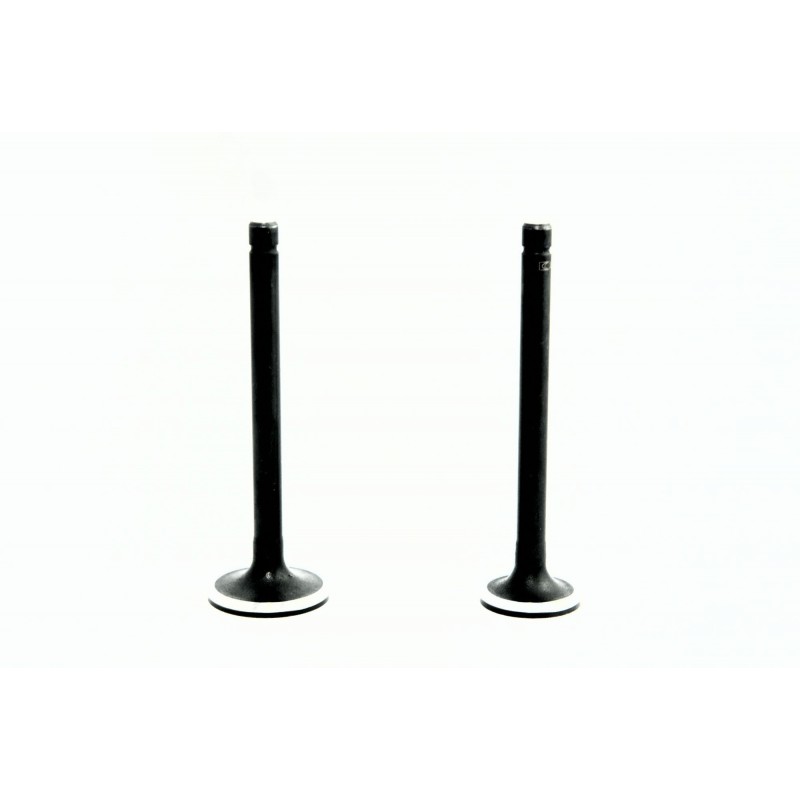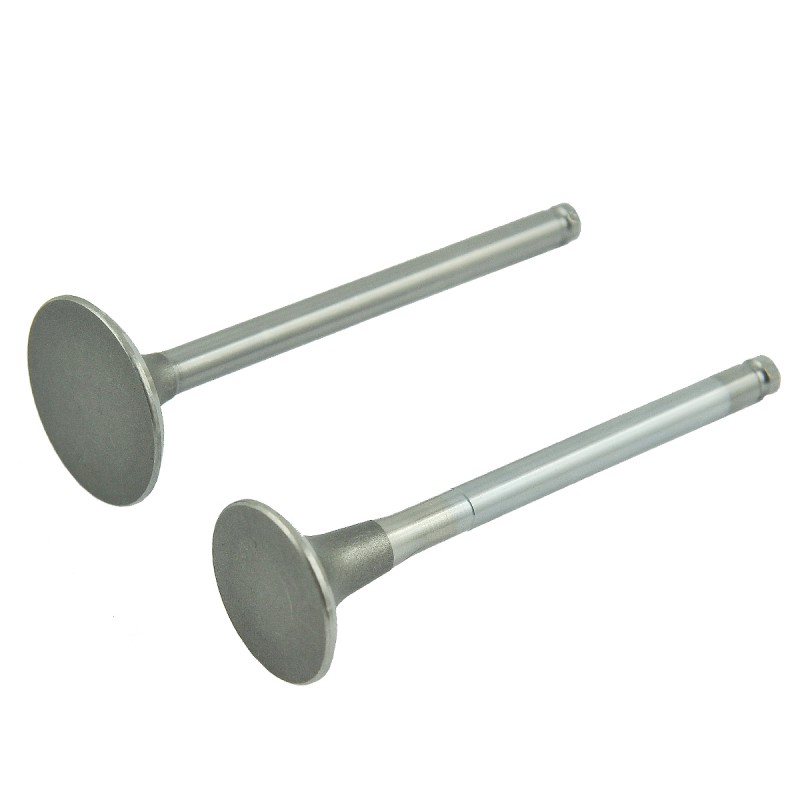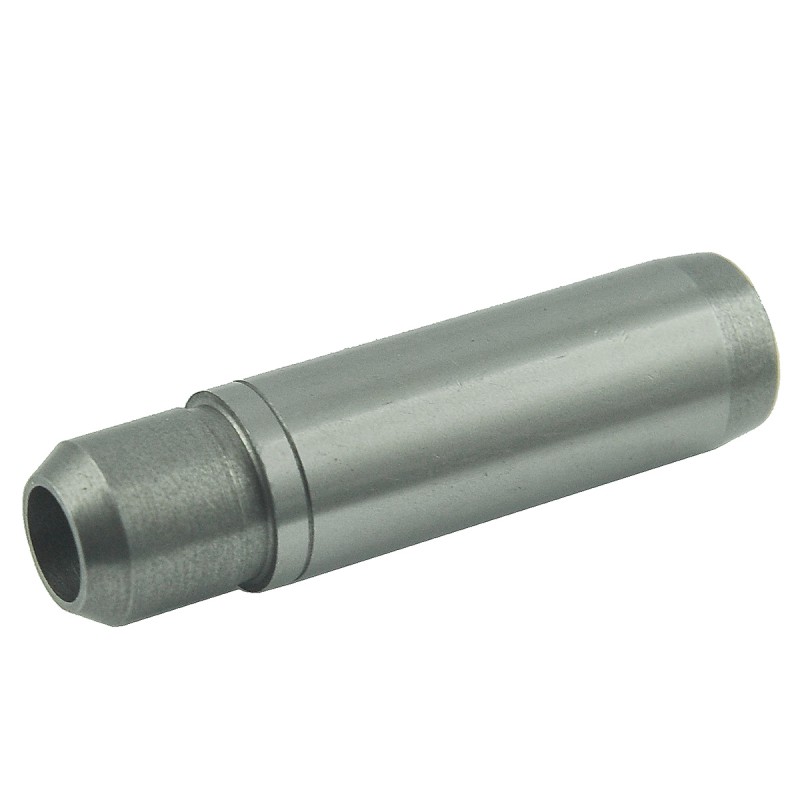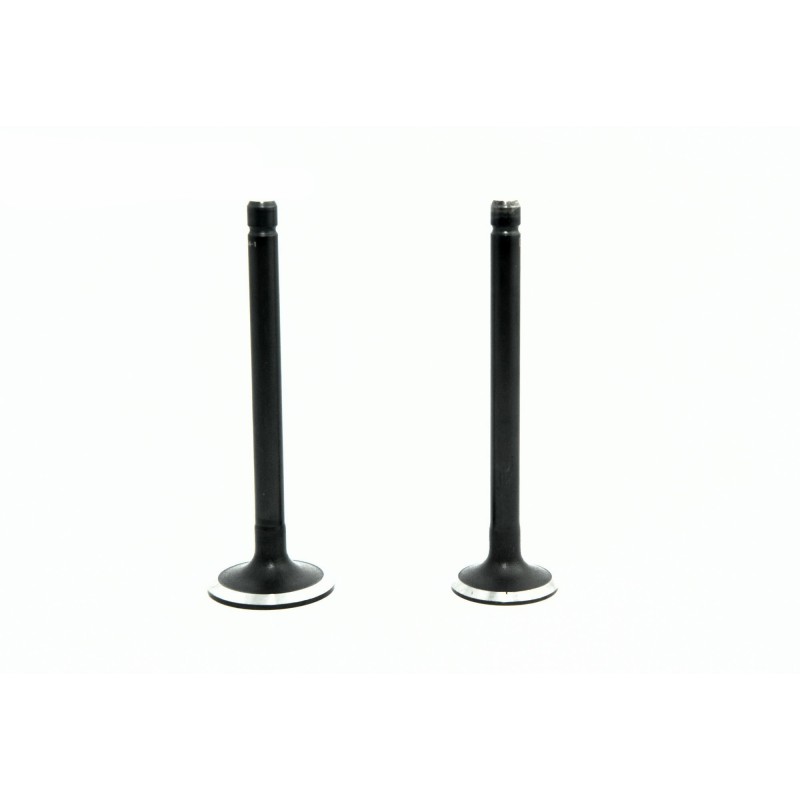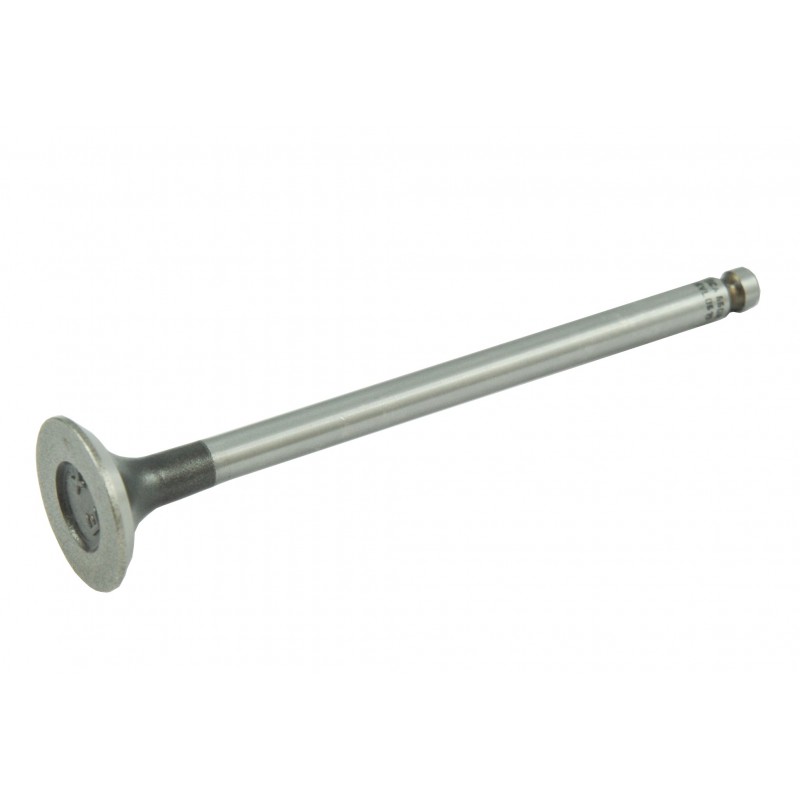zł225.00
Sort by:
Showing 1-12 of 48 item(s)
zł42.00
zł140.00
zł40.00
zł40.00
zł85.00
zł85.00
zł65.00
zł65.00
zł105.00
zł89.00
Engine valves
Engine valves are key components in the internal combustion engine's timing system in both gasoline and diesel engines. Their main function is to control the flow of the fuel-air mixture into the combustion chamber and to remove exhaust gases after the combustion process is completed. In four-stroke engines, which are most often found in vehicles, valves play an extremely important role in the engine's operating cycle.
Types of engine valves:
- Intake valves: They are responsible for supplying the fuel-air mixture (in petrol engines) or air (in diesel engines) to the combustion chamber. They are usually larger than exhaust valves to allow greater mixture flow into the combustion chamber.
- Exhaust valves: Allow exhaust gases to escape from the combustion chamber after the combustion process is completed. They are smaller than intake valves and made of a more heat-resistant material due to the high exhaust gas temperatures.
Construction of engine valves:
- Valve stem: The long, slender part that slides in the valve guide. It must be precisely made to ensure tightness and minimal friction.
- Valve head: The wider part that closes or opens a hole in the cylinder head. Contains a sealing surface that ensures tight closure of the valve.
- Valve disc: The part of the valve head that attaches to the valve seat in the cylinder head. It is responsible for sealing the combustion chamber during the engine operation cycle.




